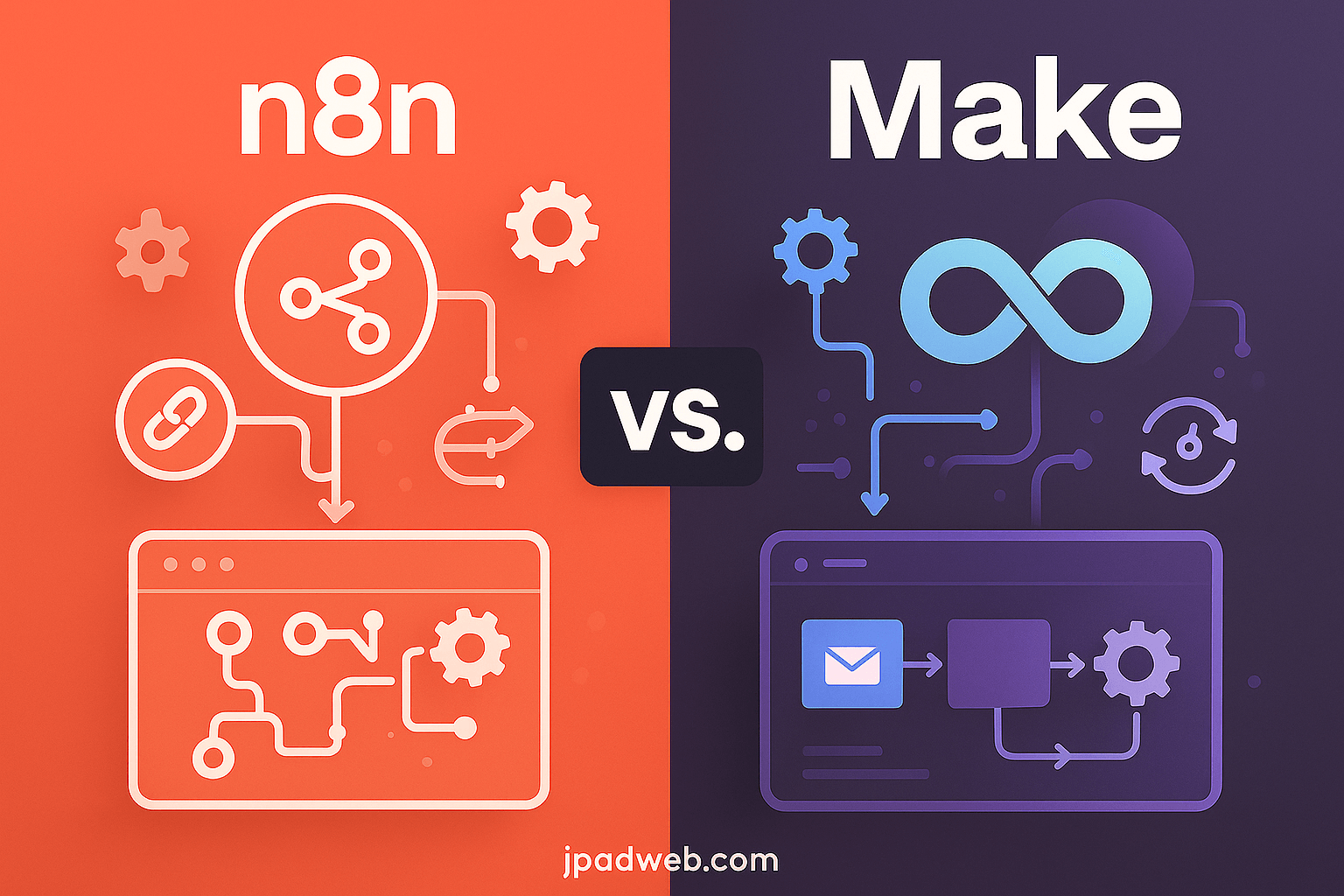In today’s digital landscape, having a user-centric website is key to delivering exceptional user experiences and increasing engagement. A user-centric website prioritizes the needs, preferences, and behaviors of its visitors, leading to higher satisfaction, longer visit durations, and increased conversions. Here are some actionable tips from leading designers on how to create a website that truly puts the user first.
1. Understand Your Audience
Before diving into design, it’s essential to understand who your users are. Conduct thorough user research to gather data on your target audience, including demographics, preferences, and behavior patterns. Use tools like Google Analytics, user surveys, and heatmaps to get insights. Knowing your audience helps in making design decisions that cater to their specific needs.
2. Prioritize Mobile-First Design
With a significant portion of web traffic coming from mobile devices, adopting a mobile-first approach is no longer optional. A mobile-first design ensures that your website is fully responsive, loads quickly, and offers seamless navigation on all devices. Keep touchpoints large, content concise, and navigation intuitive to improve the mobile experience.
3. Focus on Clear and Intuitive Navigation
Users should be able to find what they need with minimal effort. Ensure that your website’s navigation is straightforward, logical, and consistent. Use descriptive labels, limit the number of menu items, and keep the navigation bar visible. Implementing a search bar and breadcrumb trails can further enhance user navigation.
4. Optimize for Speed and Performance
Page speed significantly impacts user experience and search engine rankings. Optimize your website by compressing images, minifying code, leveraging browser caching, and using a Content Delivery Network (CDN). Faster loading times reduce bounce rates and improve overall user satisfaction.
5. Incorporate Engaging Visual Design
A visually appealing design captures attention and encourages users to explore your website further. Use a balanced color palette, readable fonts, and high-quality images to create a visually engaging website. Ensure that the design aligns with your brand identity and communicates your message effectively.
6. Write Clear and Compelling Content
Content is at the core of user-centric design. Write concise, relevant, and valuable content that speaks directly to your audience’s needs and interests. Use headings, bullet points, and short paragraphs to make content easy to read and digest. Don’t forget to include call-to-action (CTA) buttons that guide users toward desired actions.
7. Conduct Regular User Testing
Testing is crucial to creating a user-centric website. Conduct A/B tests, usability tests, and gather user feedback regularly to identify areas of improvement. Use these insights to refine your website and enhance the user experience continuously.
8. Accessibility is Non-Negotiable
A truly user-centric website is accessible to everyone, including users with disabilities. Follow Web Content Accessibility Guidelines (WCAG) to ensure your website is inclusive. Use proper contrast ratios, alt text for images, keyboard navigation, and other accessibility features to make your site usable for all.
Conclusion
Creating a user-centric website is about focusing on the needs and preferences of your audience at every step of the design process. By understanding your users, optimizing for performance, and prioritizing usability and accessibility, you can build a website that not only attracts but also delights your visitors.





